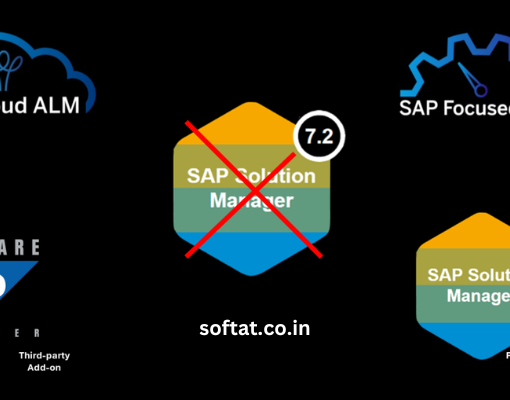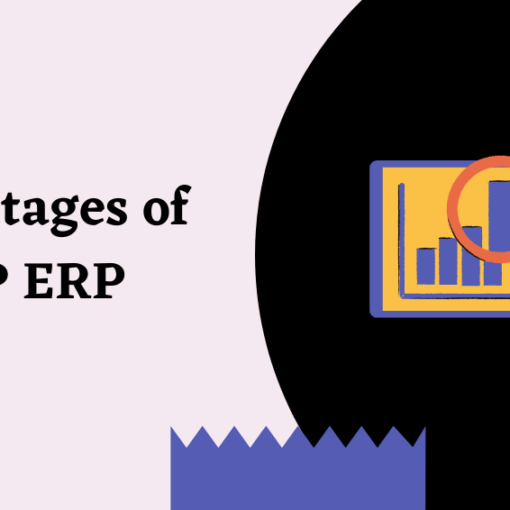In the vast realm of database management, Oracle Views emerge as unsung heroes, providing a powerful tool for efficient data retrieval and manipulation. Let’s embark on a journey to explore the nuances of Oracle Views and their transformative impact on data management.
Understanding Oracle Views
Oracle Views are virtual tables created by querying one or more base tables. They provide a dynamic way to present data without storing it physically, offering a layer of abstraction over the underlying database structure.
Types of Oracle Views
1. Simple Views
Basic views that are defined based on a single table, simplifying data access for specific use cases.
2. Complex Views
Incorporate multiple tables and join conditions, allowing for more intricate data representations.
3. Materialized Views
Physical copies of query results that can be refreshed periodically, enhancing query performance.
Creating and Managing Oracle Views
1. Syntax and Structure
Creating Oracle Views involves defining a query and assigning it a name. Understanding the syntax and structure is crucial for effective view creation.
2. Security Considerations
Oracle Views can play a pivotal role in data security. Proper access controls and permissions ensure that sensitive information remains protected.
3. Best Practices
Implementing best practices, such as optimizing queries and maintaining view consistency, contributes to the overall efficiency of Oracle Views.
Advantages of Utilizing Oracle Views
1. Data Abstraction
Views shield users from the complexities of underlying database structures, simplifying data retrieval.
2. Improved Query Performance
Views, especially Materialized Views, enhance query performance by storing precomputed results.
3. Enhanced Security
Granular control over access to views ensures that sensitive data is only accessible to authorized users.
Real-world Applications of Oracle Views
1. Reporting and Analytics
Views facilitate the creation of simplified and focused datasets for reporting and analytical purposes.
2. Data Partitioning
Partitioning large datasets through views improves manageability and speeds up query response times.
3. Simplifying Complex Queries
Complex joins and aggregations can be encapsulated in views, simplifying query creation for end-users.
Challenges and Solutions in Oracle View Implementation
1. Performance Issues
Optimizing queries and periodically refreshing Materialized Views address performance concerns.
2. Maintenance Overheads
Regular maintenance practices, including index management, ensure the continued efficiency of Views.
3. Security Concerns
Implementing robust access controls and encryption strategies mitigates potential security risks.
How Oracle Views Align with Modern Database Trends
1. Integration with Cloud Services
Views seamlessly integrate with cloud database services, supporting the evolving trend towards cloud-based solutions.
2. Support for Big Data
In the era of big data, Views provide a structured approach to managing and querying vast datasets.
3. Role in DevOps Environments
The dynamic nature of Views aligns well with the agile principles of DevOps, facilitating continuous integration and deployment.
Oracle Views vs. Traditional Querying Approaches
1. Performance Comparison
Views often outperform traditional querying approaches, especially when dealing with complex data relationships.
2. Scalability
Views offer scalability benefits, allowing for efficient data management as the size of the dataset grows.
3. Flexibility and Adaptability
The flexibility of Views makes them adaptable to changing business requirements, providing a dynamic data presentation layer.
Industry Adoption and Trends
1. Increasing Demand in Enterprises
Enterprises are increasingly recognizing the value of Views in streamlining data access and enhancing efficiency.
2. Emerging Trends in Database Management
Trends indicate a shift towards more dynamic and virtualized approaches to data management, with Views at the forefront.
3. Future Outlook
As technology evolves, Views are poised to play a crucial role in shaping the future of data management and accessibility.
User Testimonials
1. Database Administrator’s Perspective
“Views have revolutionized how we manage and present data. They provide a layer of abstraction that simplifies our database architecture.”
2. Developer Insights
“Creating complex datasets for reporting has never been easier. Views allow us to focus on the business logic rather than intricate joins.”
3. Business Analyst Feedback
“Access to specific datasets through views has significantly improved our ability to derive meaningful insights quickly.”
Tips for Optimizing Oracle Views
1. Regular Maintenance
Regularly analyze and optimize queries to ensure the ongoing efficiency of Views.
2. Indexing Strategies
Implement effective indexing strategies to enhance query performance, especially for large datasets.
3. Utilizing Partitioning
Leverage data partitioning through views to improve manageability and response times.
Oracle Views in the Era of Data Privacy
1. Role in Compliance
Views contribute to data compliance efforts by providing granular control over data access.
2. Data Masking Techniques
Implement data masking techniques within views to balance the need for data privacy with the utility of information.
3. Balancing Privacy and Utility
Striking the right balance between data privacy and utility is achievable through thoughtful Oracle View implementations.
Case Study: Transformational Impact of Oracle Views
1. Before Oracle Views Implementation
Detailing the challenges and inefficiencies a company faced in data management before adopting Views.
2. Post-Implementation Benefits
Highlighting the positive changes, increased efficiency, and improved data accessibility post-Oracle Views implementation.
3. Lessons Learned
Summarize the key lessons learned and benefits gained from the Views implementation journey.
Conclusion
In conclusion, Oracle Views stand as a powerful tool in the arsenal of modern data management. Their ability to provide a dynamic and simplified layer over complex datasets positions them as a key player in the evolving landscape of database technologies.
Frequently Asked Questions (FAQs)
- Can Oracle Views be used with any database system?
- Views are specifically designed for Oracle databases but can be adapted with certain limitations to work with other systems.
- How do Views contribute to data security?
- Views enhance data security by providing a controlled and abstracted layer over the underlying tables, allowing granular access control.
- Are Materialized Views the same as physical tables?
- While Materialized Views store precomputed results like physical tables, they remain virtual in nature, offering the benefits of both worlds.
- Can Views be used for real-time analytics?
- Views, especially Materialized Views, can be leveraged for real-time analytics, providing quick access to precomputed data.
You may be interested in:





